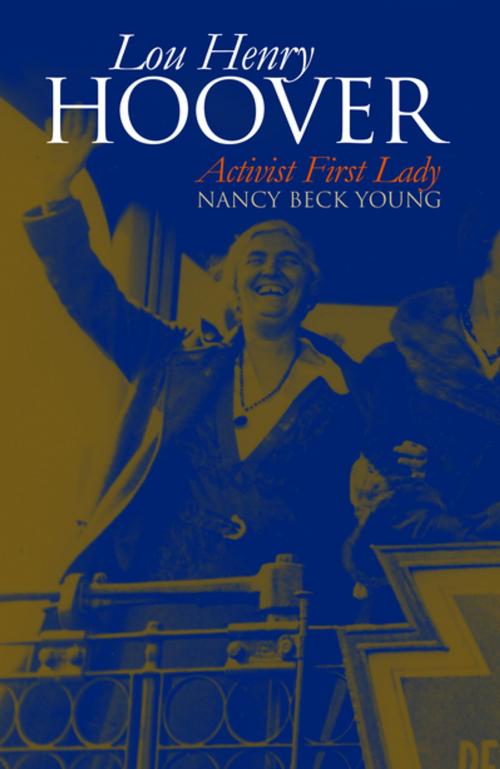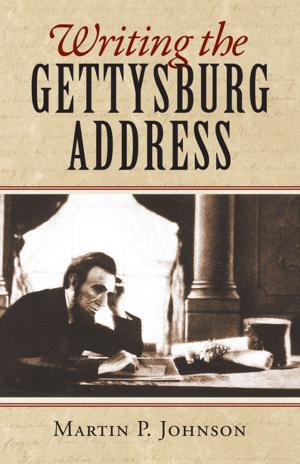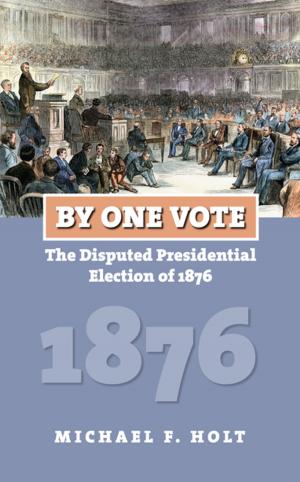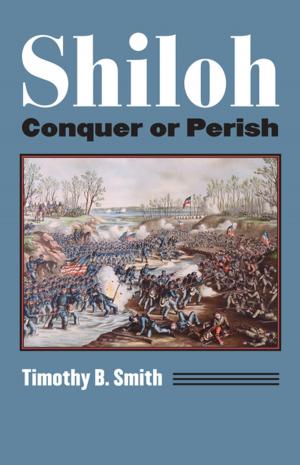Lou Henry Hoover
Activist First Lady
Nonfiction, Social & Cultural Studies, Social Science, Gender Studies, Women&, History, Americas, United States, 20th Century, Biography & Memoir, Political| Author: | Nancy Beck Young | ISBN: | 9780700622825 |
| Publisher: | University Press of Kansas | Publication: | February 19, 2016 |
| Imprint: | University Press of Kansas | Language: | English |
| Author: | Nancy Beck Young |
| ISBN: | 9780700622825 |
| Publisher: | University Press of Kansas |
| Publication: | February 19, 2016 |
| Imprint: | University Press of Kansas |
| Language: | English |
Although overshadowed by her higher-profile successors, Lou Henry Hoover was in many ways the nation’s first truly modern First Lady. She was the first to speak on the radio and give regular interviews. She was the first to be a public political persona in her own right. And, although the White House press corps saw in her “old-fashioned wifehood,” she very much foreshadowed the "new woman" of the era.
Nancy Beck Young presents the first thoroughly documented study of Lou Henry Hoover’s White House years, 1929–1933, showing that, far from a passive prelude to Eleanor Roosevelt, she was a true innovator. Young draws on the extensive collection of Lou Hoover’s personal papers to show that she was not only an important First Lady but also a key transitional figure between nineteenth- and twentieth-century views on womanhood.
Lou Hoover was a multifaceted woman: a college graduate, a lover of the outdoors, a supporter of Girl Scouting, and a person engaged in social activism who endorsed political involvement for women and created a program to fight the Depression. Young traces Hoover’s many philanthropic efforts both before and during the Hoover presidency—contrasting them with those of her husband—and places her public activities in the larger context of contemporary women's activism. And she shows that, unlike her predecessors, Hoover did more than entertain: she revolutionized the office of First Lady.
Yet as Young reveals, Hoover was constrained as First Lady by her inability to achieve the same results that she had previously accomplished in her very public career for the volunteer community. As diligently as she worked to combat the hardship of the Depression for average Americans by mobilizing private relief efforts, her efforts ultimately had little effect.
Although her celebrity has paled in the shadow of her husband’s negative association with the Great Depression, Lou Hoover’s story reveals a dynamic woman who used her activism to refashion the office of First Lady into a modern institution reflecting changes in the ways American women lived their lives. Young’s study of Hoover’s White House years shows that her legacy of innovation made a lasting mark on the office and those who followed.
Although overshadowed by her higher-profile successors, Lou Henry Hoover was in many ways the nation’s first truly modern First Lady. She was the first to speak on the radio and give regular interviews. She was the first to be a public political persona in her own right. And, although the White House press corps saw in her “old-fashioned wifehood,” she very much foreshadowed the "new woman" of the era.
Nancy Beck Young presents the first thoroughly documented study of Lou Henry Hoover’s White House years, 1929–1933, showing that, far from a passive prelude to Eleanor Roosevelt, she was a true innovator. Young draws on the extensive collection of Lou Hoover’s personal papers to show that she was not only an important First Lady but also a key transitional figure between nineteenth- and twentieth-century views on womanhood.
Lou Hoover was a multifaceted woman: a college graduate, a lover of the outdoors, a supporter of Girl Scouting, and a person engaged in social activism who endorsed political involvement for women and created a program to fight the Depression. Young traces Hoover’s many philanthropic efforts both before and during the Hoover presidency—contrasting them with those of her husband—and places her public activities in the larger context of contemporary women's activism. And she shows that, unlike her predecessors, Hoover did more than entertain: she revolutionized the office of First Lady.
Yet as Young reveals, Hoover was constrained as First Lady by her inability to achieve the same results that she had previously accomplished in her very public career for the volunteer community. As diligently as she worked to combat the hardship of the Depression for average Americans by mobilizing private relief efforts, her efforts ultimately had little effect.
Although her celebrity has paled in the shadow of her husband’s negative association with the Great Depression, Lou Hoover’s story reveals a dynamic woman who used her activism to refashion the office of First Lady into a modern institution reflecting changes in the ways American women lived their lives. Young’s study of Hoover’s White House years shows that her legacy of innovation made a lasting mark on the office and those who followed.















